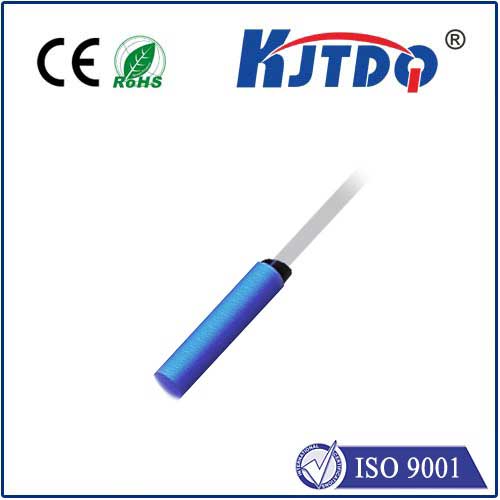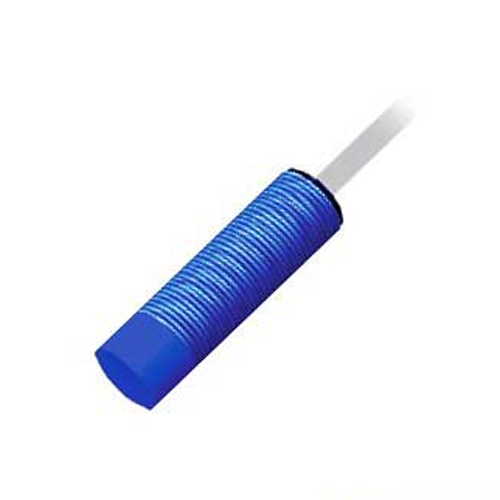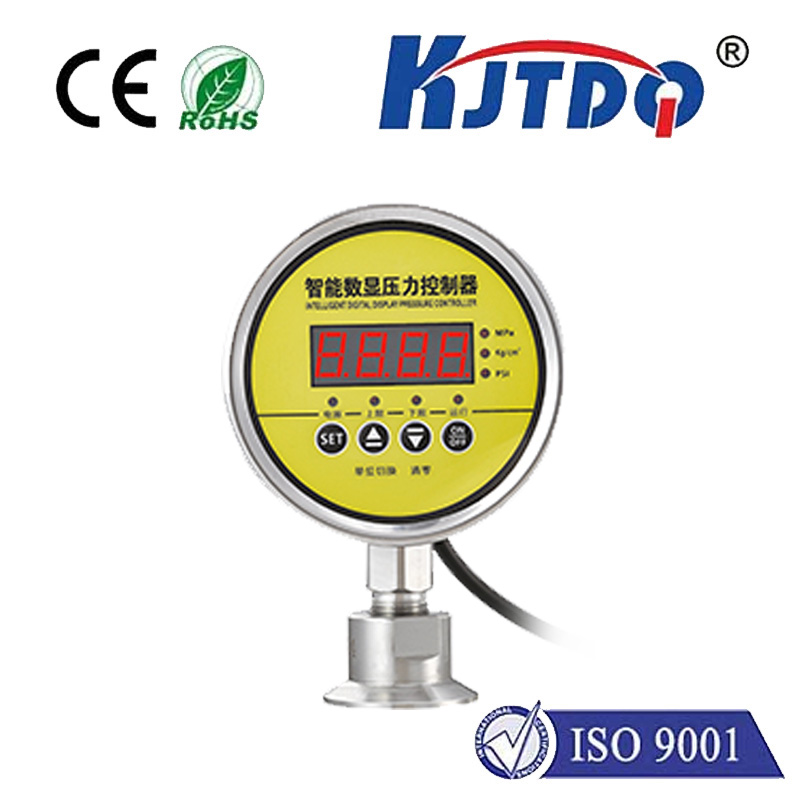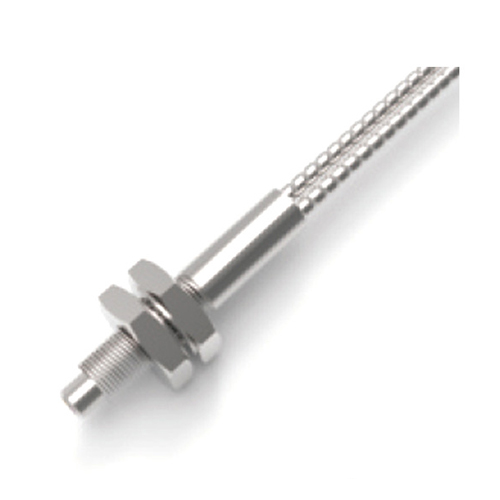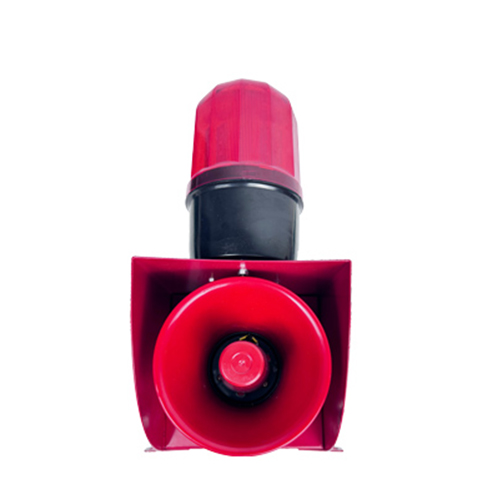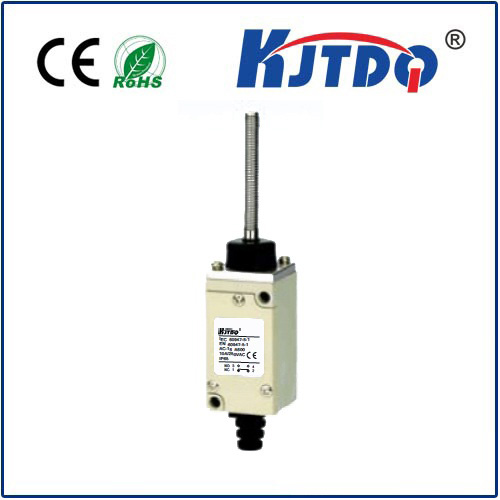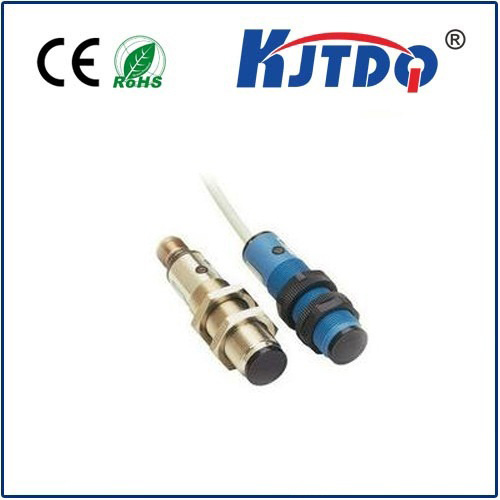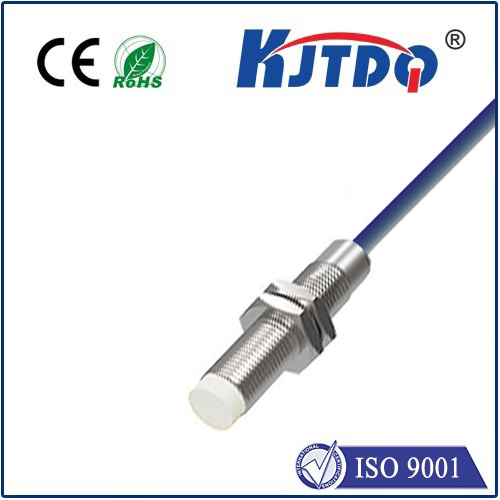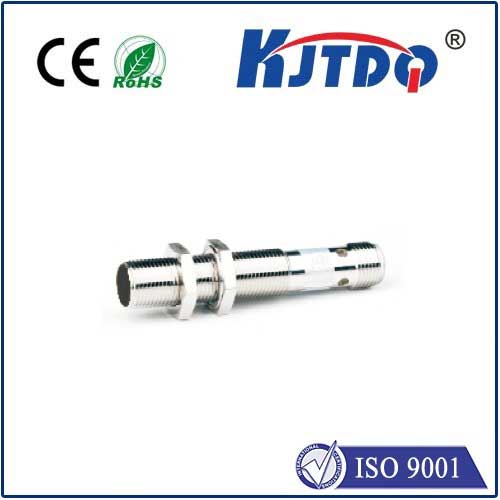

check

check

check

check
Title: Understanding Jigo Limit Switches: Essential Components for Efficient Control Systems
Jigo limit switches are an essential component in control systems designed for industrial and commercial applications. These devices are commonly used to detect the opening or closing of a circuit, providing feedback to the control system. In this article, we will explore the working principle of Jigo limit switches, their applications in various industries, and how they contribute to efficient control systems.
Understanding the Working Principle of Jigo Limit Switches
The basic functioning of a Jigo limit switch is based on the concept of mechanical switches. These switches consist of two moving parts that meet at a specific point when the switch is closed. When one of the parts moves beyond its normal operating range, the switch opens, indicating that the circuit has been interrupted. This mechanism allows Jigo limit switches to operate with high accuracy and reliability, making them ideal for controlling sensitive equipment.
Applications of Jigo Limit Switches in Different Industries
Jigo limit switches are used in a wide range of industries, including automotive, aerospace, food and beverage, and medical devices. In the automotive industry, these switches are often used to control the brakes, accelerators, and other critical functions of vehicles. In aerospace, Jigo limit switches play a crucial role in ensuring the safe operation of airplanes by monitoring the position of doors, flaps, and other components.
In the food and beverage industry, Jigo limit switches are utilized in packaging machines, conveyor systems, and other automation equipment. They help ensure that products are accurately sealed and packaged, reducing the risk of contamination and spoilage. In the medical device sector, Jigo limit switches are used in surgical robots, medical imaging equipment, and other advanced medical technologies.
Benefits of Using Jigo Limit Switches in Control Systems
The use of Jigo limit switches offers several benefits to control systems. Firstly, they provide accurate and reliable feedback, allowing controllers to make informed decisions based on real-time input data. Secondly, Jigo limit switches offer fast response times, ensuring that equipment can adapt quickly to changes in demand or conditions. Finally, these devices are simple to install and maintain, minimizing downtime and increasing operational efficiency.
Conclusion
In summary, Jigo limit switches play a vital role in efficient control systems across various industries. By providing precise feedback, fast response times, and simple installation and maintenance, these devices enable businesses to operate more effectively while maintaining safety standards. As technology continues to evolve, it is likely that Jigo limit switches will remain a key component in control systems for many years to come.
